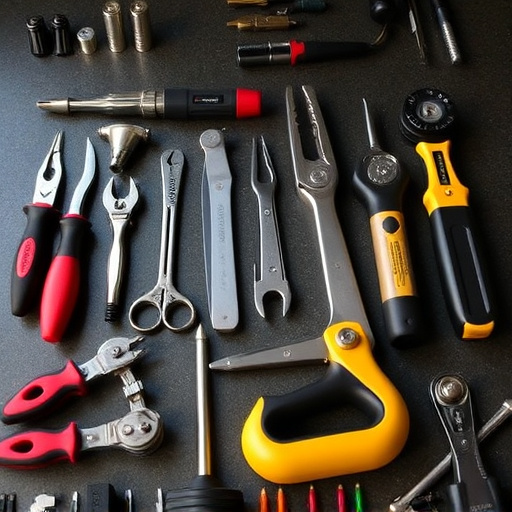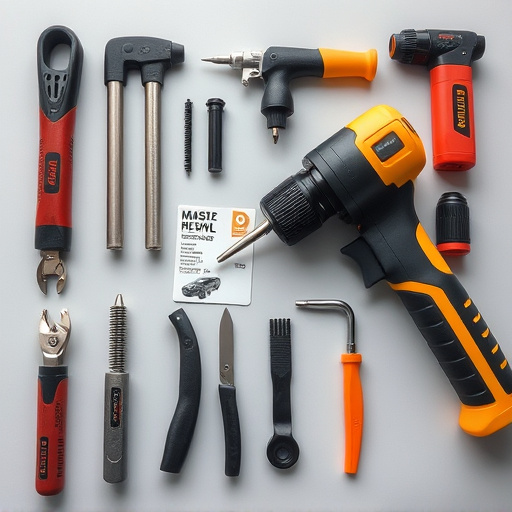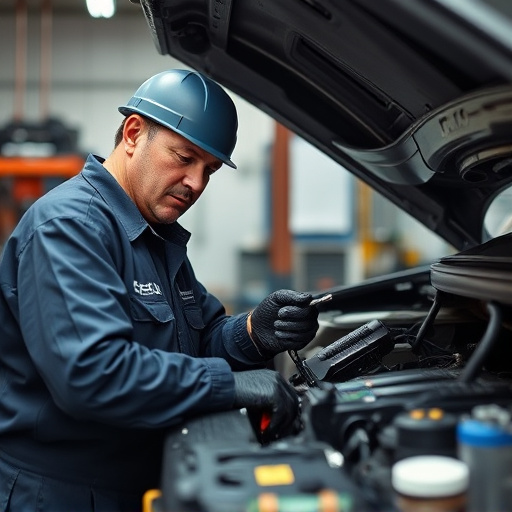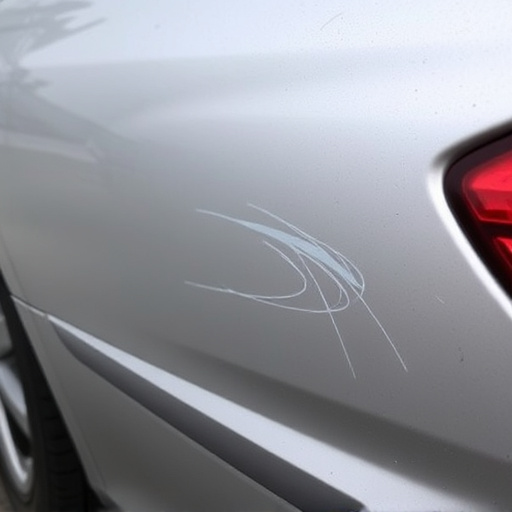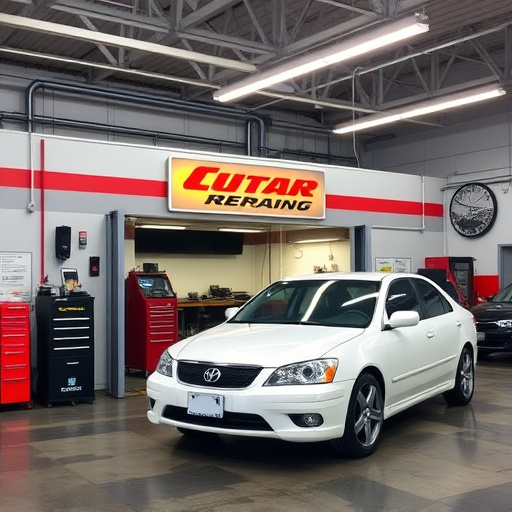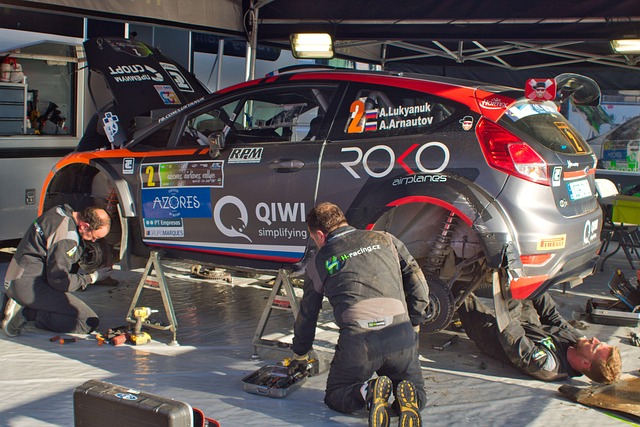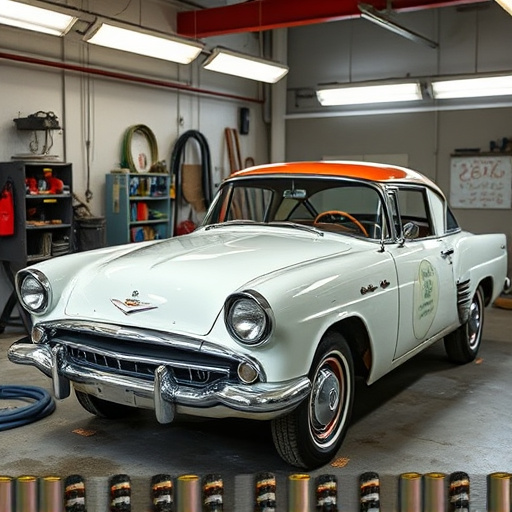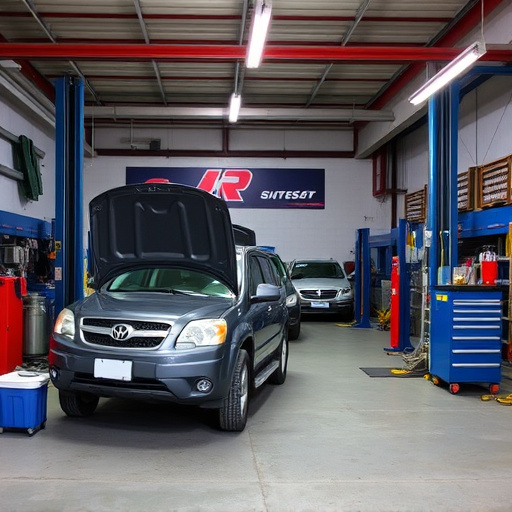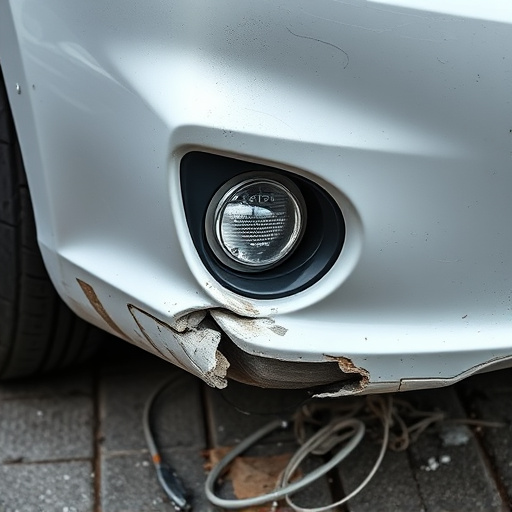Mercedes' high-performance driving assistance systems rely on advanced sensor technology, including LiDAR, radar, and cameras, for safety features like adaptive cruise control, lane-keeping assist, and collision avoidance. Regular Mercedes sensor adjustment through calibration is vital for optimal performance at high speeds, ensuring accuracy in real-time data collection despite environmental factors. This commitment to sensor excellence distinguishes Mercedes in the luxury vehicle repair market, enhancing driver safety and confidence.
Mercedes’ commitment to high-speed driving assistance accuracy relies on precise sensor adjustment. In today’s digital era, advanced sensor technology forms the foundation of autonomous driving systems, ensuring safety and efficiency. This article delves into the intricacies of Mercedes sensor adjustment, exploring how regular optimization enhances performance at high speeds. We’ll also discuss the vital role of maintenance in preserving consistent reliability for your driving assistance features.
- Mercedes Sensor Technology: The Foundation of Accuracy
- Adjusting Sensors for High-Speed Performance Optimization
- Regular Maintenance: Ensuring Consistent Driving Assistance Reliability
Mercedes Sensor Technology: The Foundation of Accuracy
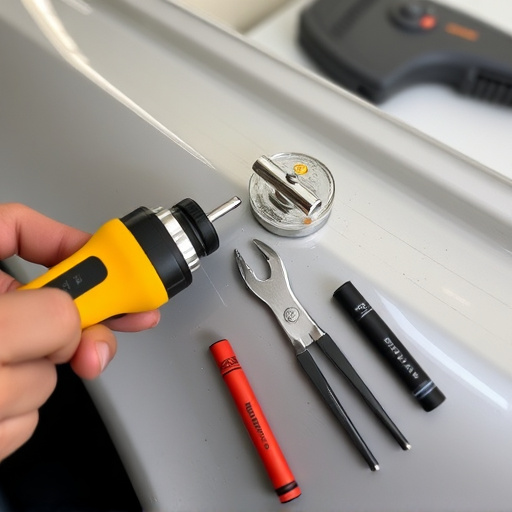
Mercedes has built its reputation on innovation and precision, and this extends to their cutting-edge sensor technology, which forms the foundation for their high-speed driving assistance systems. These sensors are meticulously designed to detect and interpret the vehicle’s surroundings in real time, ensuring the accuracy of crucial safety features. By employing advanced technologies like LiDAR, radar, and cameras, Mercedes creates a comprehensive sensory network that allows their vehicles to perceive and understand their environment with unparalleled sophistication.
The Mercedes sensor adjustment process is critical to maintaining this level of accuracy. Regular calibration ensures that each sensor functions optimally, providing the most precise data for the driving assistance systems. This meticulous attention to detail guarantees that features like adaptive cruise control, lane-keeping assist, and collision avoidance work seamlessly together, enhancing driver safety and confidence, especially at high speeds. This commitment to sensor excellence sets Mercedes apart in the luxury vehicle repair market, ensuring their clients’ peace of mind on the road.
Adjusting Sensors for High-Speed Performance Optimization
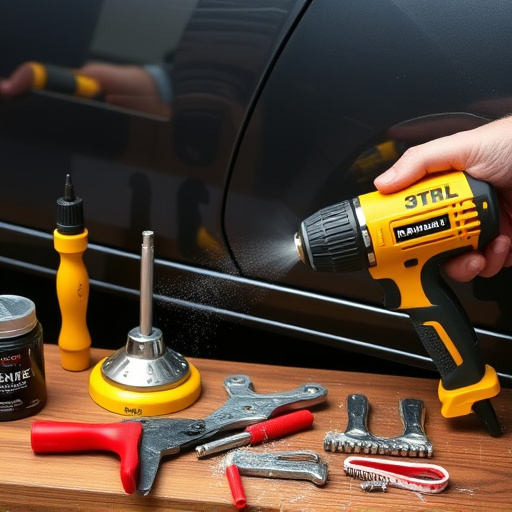
Mercedes sensor adjustment plays a pivotal role in optimizing high-speed performance and driving assistance accuracy. Sensors are the unsung heroes that enable advanced driver-assistance systems (ADAS) to function at their best, especially at elevated velocities. To ensure peak efficiency, these sensors require meticulous calibration and adjustments. This process involves fine-tuning each sensor’s readings to account for various environmental factors, such as temperature fluctuations and humidity, which can impact their accuracy.
By performing a Mercedes sensor adjustment, auto body shops specializing in car paint repair and classic car restoration can significantly enhance the overall driving experience. Proper calibration guarantees that the vehicle’s assistance systems, including adaptive cruise control, lane-keeping assist, and autonomous emergency braking, operate seamlessly and precisely. This, in turn, allows drivers to navigate at high speeds with enhanced safety and confidence, making every journey more enjoyable and secure.
Regular Maintenance: Ensuring Consistent Driving Assistance Reliability
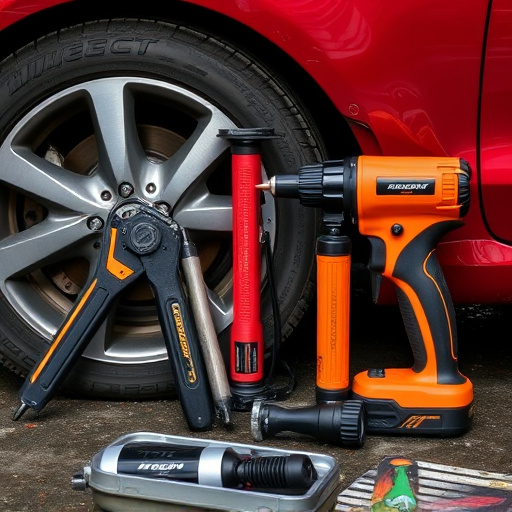
Regular maintenance plays a pivotal role in ensuring the reliability and accuracy of Mercedes’ high-speed driving assistance systems. These sophisticated systems rely on a myriad of sensors to gather data, make split-second decisions, and provide assistance to drivers. Over time, these sensors can become compromised due to wear and tear, environmental factors, or even minor accidents. This is where the meticulous process of Mercedes sensor adjustment comes into play, crucial for maintaining optimal performance.
Proper maintenance routines include regular checks and calibrations, ensuring each sensor functions within precise parameters. Tire services, auto body repairs, and routine inspections contribute to keeping these sensors in top condition. By addressing any issues early on, vehicle owners can prevent more serious problems that might compromise the overall safety and efficiency of their Mercedes’ advanced driver-assistance systems (ADAS).
Mercedes sensor adjustment plays a pivotal role in maintaining the accuracy and reliability of high-speed driving assistance systems. By optimizing sensor performance through regular adjustments, these vehicles ensure a safe and efficient driving experience. Consistent maintenance practices further bolster the integrity of these advanced safety features, allowing Mercedes drivers to navigate at top speeds with confidence.

